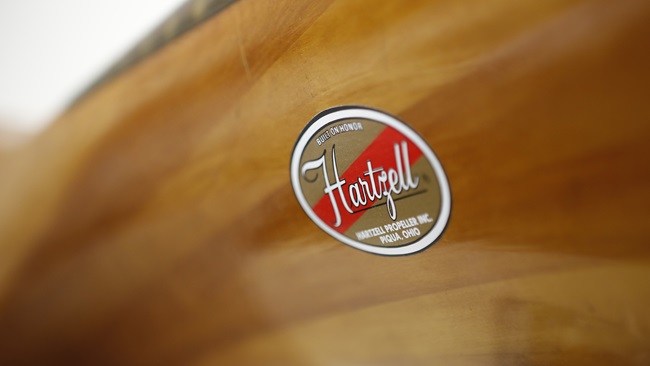Attention future space travelers: A glance at the board lists your flight as on time—for sometime later this year.
There’s more good news for those who hold the slots for a once-in-a-lifetime invitation to "book your place in space." Your airline, that is, your spaceline, Virgin Galactic, has announced that its passenger-carrying reusable space vehicle recently completed its third supersonic flight under rocket power, and all tests went well.
In command of the ship, called SpaceShipTwo, for the first time under rocket propulsion was company chief pilot Dave Mackay. He was accompanied by Scaled Composites test pilot Mark Stucky, who tested the ship’s Reaction Control System (RCS) and a new thermal protection coating on the vehicle’s tail booms.
That, in a nutshell, was the news from the Mojave Air and Space Port in California on Jan. 10 after Sir Richard Branson’s Virgin Galactic spaceline conducted the latest test flight. SpaceShipTwo was released from its carrier aircraft at approximately 46,000 feet, fired its rocket engine, and powered its way to a new high altitude of 71,000 feet and a maximum speed of Mach 1.4.
Any airline passenger who ever coveted a window seat on a flight would be pleased by the results given that the RCS is the means by which SpaceShipTwo will maneuver in space, "permitting an optimal viewing experience for those on board."
Passengers will also have a chance to get out of their seats and give zero gravity a try—something to anticipate if you happen to be one of the roughly 580 potential space visitors who have put up a combined $70 million in deposits to lock in claims to a seat on SpaceShipTwo. (Pay using Bitcoin if you like. )
Even if you prefer aisle seating most of the time, you won’t be displeased by the test results, considering that the RCS’s other function is to aid "the positioning process for spacecraft re-entry."
The new thermal coating on the ship’s inner tail boom surfaces “is being evaluated to help maintain vehicle skin temperatures while the rocket motor is firing.”
Any airline has its delays, and spacelines are proving no exception. Branson was to have been among the passengers of the first scheduled space service flight in December 2013 from New Mexico’s Spaceport America. But that schedule has been moved back—a development about which he is taking a glass-half-full approach.
"I couldn’t be happier to start the New Year with all the pieces visibly in place for the start of full space flights. 2014 will be the year when we will finally put our beautiful spaceship in her natural environment of space," he said in the announcement of the new tests.
To chief pilot Mackay, the flight was "a dream come true."
"To be behind the controls and fly it as the rocket ignited is something I will never forget. She flew brilliantly," he said. "All the tests went really well and generated vital data that will be used to further fine-tune our operations."
The ups and downs have been greeted somewhat less enthusiastically on the ground in New Mexico. The delay "comes at cost to taxpayers," said a headline in a Las Cruces newspaper, reporting that flight fee revenue for the Spaceport Authority from suborbital tourism may not begin until August, dashing projections of funds flowing in February.
George Whitesides, Virgin Galactic’s CEO, offered his encouragement that this will be the year to remember.
"With each flight test, we are progressively closer to our target of starting commercial service in 2014," he said.



